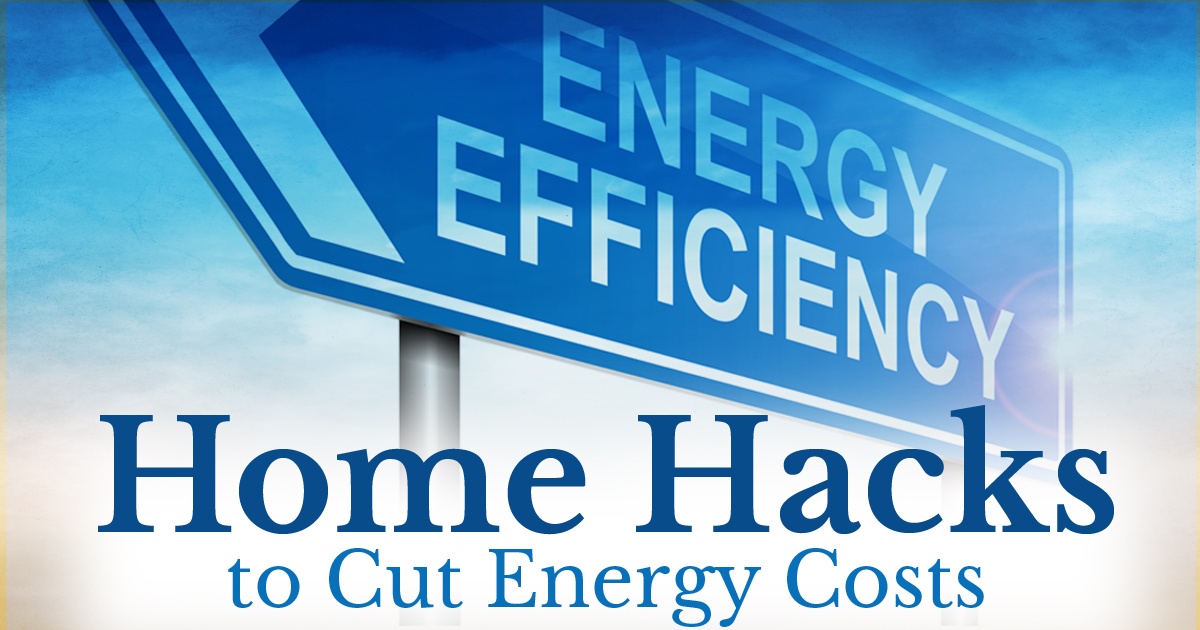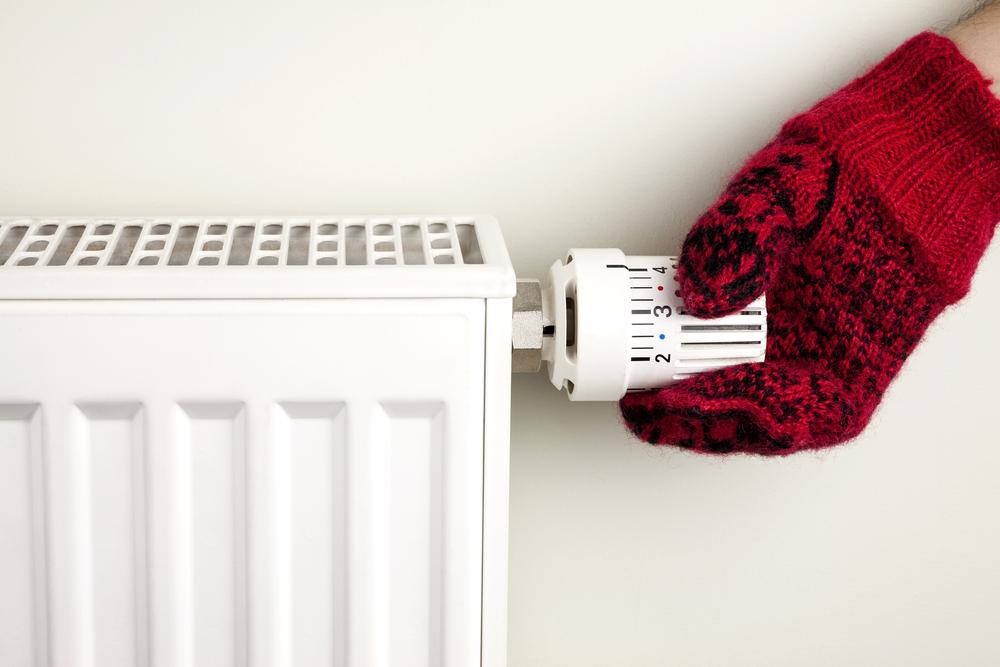Without money and the cost of living rising, keeping your energy bill low allows you money for a range of other things in your life. So, here are some tips on how to do so.
Invest in an ENERGY STAR rated HVAC System and other electrical appliances
Energy Star rated systems are more energy efficient than non-rated ones. Devices with this label have been certified by the government hence more affordable to run and recommended to all. Investing in an Energy Star rated heating, ventilation, and air conditioning (HVAC) system is considerably one of the most impactful ways to reduce energy usage and carbon footprint. These systems can help you save up to 18% in energy bills. This is because HVAC systems can run 24-hours daily just to ensure your home or office is comfortable enough. With the right air conditioning system, you can record up to 8% in energy savings while the furnaces reduce heating expenses by up to 20%.
The best thing with investing in Energy Star rated appliances is that you are assured of reduced energy consumption. These systems are fine tuned to use the minimum power possible with optimal performance. Refrigerators, washing machines, dehumidifiers, and dishwashers are examples of products that do come with the Energy Star Rating Sticker. You can also invest in an Energy Star rated low-flow shower head for reduced energy and water wastage as well.
Go for power saving products
LED bulbs, energy saving bulbs, low-flow shower heads, and power strips are good examples of electrical products that can help keep your energy bills low. LED bulbs, for instance, can be used in place of the regular incandescent bulbs. Incandescent bulbs use up to 75% more power than LEDs (with the same output), and have a lower lifespan too. Replacing all bulbs and related appliances to energy savings one can help lower lighting bills significantly.
Motion sensing dimmers, low-flow shower heads, and advanced power strips are other worthy upgrades for your home. This help reduces energy wastage thus cutting down electricity use by more than half. Not a single bit of your lifestyle will be affected after investing in these energy efficient options.
Insulate and weatherize your home
According to Simply Switch ensuring your home is free of air leaks by having it insulated properly does help reduce heating and cooling bills. Windows, doors, vents, and the attic are the most common sources of air leaks today. Having all these weatherized should come in handy in controlling heat gain or loss. Stationary objects such as walls, window, and door frames need to be caulked while moving parts such as doors and windows have to be weather-stripped.
Once the important weatherizing and caulking it done, you should then have the entire house insulated to help keep it cool in summer and warm in winter. Some of the areas to pay special attention to while insulating include the floor, walls, crawlspaces, and the basement. If insulated properly, the furnaces and air conditioners won’t strain to maintain comfortable temperatures. As long as there’s air ‘envelope’ inside the house, you can be assured of lower electricity bills each month. The systems will last longer too.
Adjust your routines to save more energy
While upgrading to energy efficient systems and keeping the house well-insulated, does help lower electricity bills, changing your routine and lifestyle can contribute to saving even more. Simple practices and habits such as turning off the lights when leaving a room, switching off the thermostat while away from the house, and hand washing your dishes do help save energy. Instant water heaters can also help save more power in the long run too.
It’s the seemingly unimportant things in your house and routine that can help cut down energy bills. You, however, have to identify areas that need to be addressed first, and a plan, before you can start implementing ways to save energy in your home. It’s after dealing with these issues that you will notice lower utility bills.



Leave A Comment